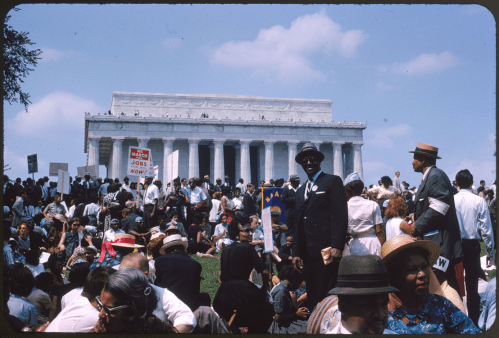INTRODUCTION
Violence erupted in Tajikistan in 1993 when tens of thousands of IDPs and refugees began returning to their homes. In many villages, newly returned people found their homes occupied by others or they became victim of physical assaults incited by ethnic animosity. Scores of murders and disappearances were reported. The signing of a ceasefire agreement in 1994 did not by itself create an environment safe for return. There was need for the international community and the local authorities to step in to make the returns secure and viable.
Much to its credit, UNHCR developed a human rights monitoring programme designed to take account of the fact that, in Tajikistan’s volatile climate, simply transporting people back to their homes and distributing roofing materials to them would not be enough to create a secure environment and prevent further displacement. UNHCR deployed field staff in return areas to monitor conditions and intercede with the authorities when there were human rights abuses or risks to personal safety. UNHCR field officers investigated complaints of murder, disappearances, rape and harassment since many of the returnees distrusted the local authorities and often first reported such crimes to the UNHCR office. They then accompanied the victims to local governmental offices to ensure that a full and fair hearing was provided. UNHCR staff also interceded with the authorities to help returnees reclaim their homes. Local authorities proved receptive to UNHCR’s role and there were no incidents of retaliation against their staff. According to an evaluation, UNHCR’s “24-hour presence” in areas of return and its “impartial” role exercised “a stabilizing influence”: new outbreaks of communal violence were discouraged and the number of protection cases declined. [1] IDPs and refugees felt more assured about returning home and more confident to remain once they had moved back.
What happened in Tajikistan from 1993 to 1996 is instructive in considering the question of when displacement ends. It demonstrates that even in countries where conflicts are formally over, continuing animosities among individuals or groups may jeopardise return processes and impede an end to displacement. Indeed, societal tensions may heighten in the post-conflict phase, especially if the displaced return to find their homes, land and personal property taken by others and no functioning judicial system in place to resolve disputes. Moreover, in countries where severe abuses of human rights and humanitarian law have been perpetrated, there may be unsettled scores in villages and towns throughout the country, and targeting of persons who return.
The Tajikistan experience also shows that safe and successful returns are more likely when specific protection and human rights duties are assigned to field staff deployed in the different return areas who possess the requisite skills. UNHCR officers were fluent in Farsi or Russian and had extensive experience in the Former Soviet Union. Some had a legal background, which brought authority to their interactions with local officials, law enforcement officers and the courts. Others had negotiating skills, which contributed to relieving tensions and reducing the threat of violence against returnees. The UNHCR team also developed a good working relationship with the UN military observer mission in Tajikistan (UNMOT). Finally, the team did not just depart at the end of its mission; it arranged for the Organisation for Security and Cooperation in Europe (OSCE) to assume its human rights monitoring role, thereby maintaining continuity of protection for the population.
Such efforts, of course, are not always equally successful. In Rwanda, for example, in 1994-1995, 130 human rights staff were deployed by the Office of the High Commissioner for Human Rights (OHCHR) to bring a modicum of safety to returning Hutu and Tutsi following the genocide. But many were inexperienced and had not been given adequate training, and there were long delays in sending them from the capital to the areas of return. The High Commissioner himself described the operation as a “logistical failure”. Nonetheless, OHCHR was able largely to turn it around. An experienced staff member was put in charge, human rights staff were deployed around the country and effective partnerships were developed between with UNHCR and the UN’s military mission in Rwanda (UNAMIR). In the end, the Human Rights Field Operation in Rwanda was able more effectively to monitor conditions in areas of return, advocate for the displaced with the local authorities, and contribute overall to the security of return areas.
[1] UNHCR, ‘Report on the Phase-Down of UNHCR’s Operations in Tajikistan’, February 1995, and ‘TAJIKISTAN: An Account of Lessons Learned’, 15 April 1996


Commentary
The Role of Protection in Ending Displacement
May 1, 2003